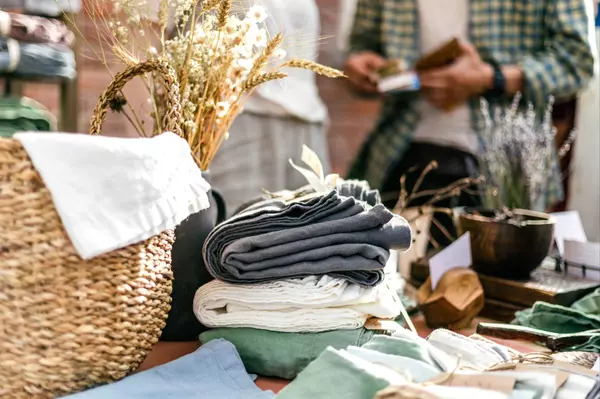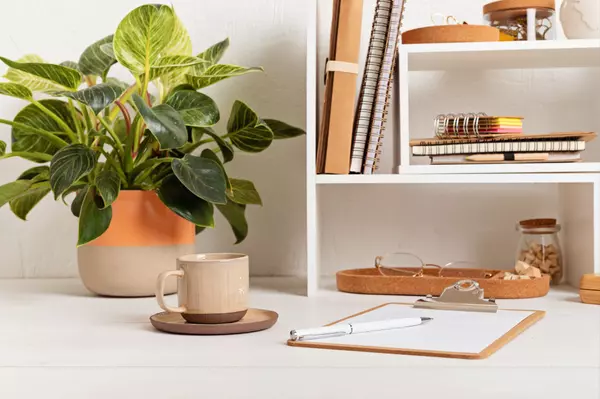Spring Gardening for Beginners
After a long, harsh winter, the prospect of planting in the sunny spring is the salve to an enduring frostbite. With spring just starting to happen, we welcome in as much sunshine and rain as we can, to replace the snow and the sleet. There's a few easy ways to start growing plants, and there's definitely some plants that prefer the springtime.
The first step you'll have to take is prepping the soil. Soil is the foundation of a fantastic plant, as you may guess. Roots of plants need rich and diverse soil in order to thrive. The best way to prep your soil is to get a head start on it, and start this process in the fall. That way, the soil will have all fall and winter to mix and chemically establish itself as fertile and ready for plants!
A great way to fertilize, is to mix in organic matter such as compost, manure, or store-bought fertilizer at a ratio of 2 inches of organic matter worked into 6 inches of soil. With just the right amount of organic matter of your choosing mixed into the soil, the soil can breathe and get air, water, and nutrients to the root of the plant. Optimally, this is all done in the fall, but if you are mixing the soil in the spring, make sure to use a till or any other garden tool to mix the soil well. This creates for a great "Grow Root Zone," according to IFA Country Stores.
Alright, now that we've gone over optimal soil conditions, let's address which plants you'll want to plant during this most bountiful and prosperous time of year!
LETTUCE
Better for the cooler seasons, because it will wilt in the heat. However, if a cold snap is going to hit, covering them to protect them is an essential. There's a few different methods to draw from, including Rustic Elk's Top 10 Spring Veggie method, which suggests beginning the lettuce indoors for about 6 weeks before the last anticipated frost.
ARUGULA

On the same track as lettuce, Arugula will give you a delicious leafy green that is ready to harvest in about 3-4 weeks. This is also a plant to start early on, as soon as the soil can be worked through in the early springtime.
BROCCOLI

One big advantage to broccoli is that it can be sown directly into the garden 4 weeks before the last frost date. Broccoli loves nitrogen fertilizer. Not only is Broccoli a kitchen stable, it's also a great grower in springtime conditions, with the ideal temperature being between 65 and 80 degrees.
ENGLISH PEAS

These fantastic little snacks can also thrive being directly sown into the garden 4 to 6 weeks before the last frost. The seedlings can even survive temperatures down to 25 degrees F even. Make sure to support them with vertical trellis or bamboo sticks, so the vines have a place to go.

RADISHES
Nothing better to look forward to in the summer like a fresh, crisp, and vibrant red radish. An advantage to growing radishes is that they grow quickly, and a great cop to plant with other heat-loving veggies. Growing these in late February til May is perfect, and they can grow directly from seed state without a start!

POTATOES
Swanson Nursery suggests planting potato seeds right around St. Patrick's Day, where they can go directly into the soil. There's an added advantage too, because if you forget to harvest one to two potatoes, you'll have potato plants forever. Potatoes can be grown in grow bags, or a large container, or open soil.
BEETS

Although beets are a cool-season crop, they're great for the Spring. You can eat the sweet roots, and even the greens as well! Plant these in late March through May, and you'll be a happy camper this spring and summer.
Categories
- All Blogs (90)
- Awards (1)
- Business (5)
- community (10)
- Engel & Völkers (6)
- Explore Montana (17)
- Exterior Design (2)
- Interior Design (15)
- Luxury (2)
- Luxury Art (2)
- Luxury Fashion (6)
- Luxury Lifestyle (18)
- Luxury Real Estate (7)
- Luxury Travel (15)
- Montana Homestead (8)
- Seasonal (9)
- Travel (1)
- Vintage (2)
Recent Posts










